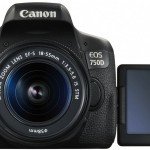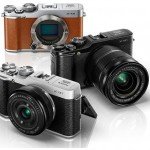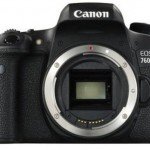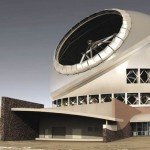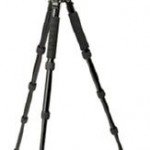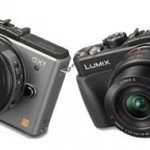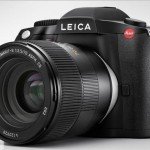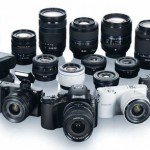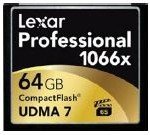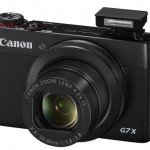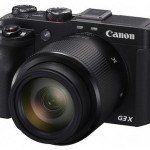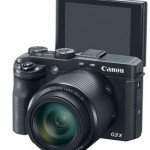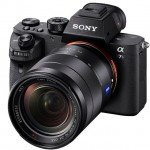The Canon EOS M System
Very popular particularly in Asia, the Canon M system was first unveiled in July 2012, initially including one body and two zooms. Since then a second body, the M2 in three different colours and featuring faster autofocus plus Wi-Fi, became available, but only in China and Japan. Canon had also introduced two additional lenses worldwide and we expect a re-launch of the EOS M system in North America (perhaps in early 2015), hopefully including another camera and perhaps a few extra lenses.
The EOS M (in red or black) is currently only Canon CSC model for sale in Canada. The EOS M is a compact version of the EOS Rebel T4i DSLR with the 18-MP (22.3 x 14.9 mm) Hybrid CMOS sensor in a magnesium-alloy body. It is much smaller and is also equipped with fewer analogue controls for the sake of apparent simplicity. Canon omitted the viewfinder and any method for attaching an external finder. Instead, it relies heavily on its 3” (1.04-million-dot) touch-screen LCD that provides an excellent user experience. There’s no built-in flash but the hot shoe is compatible with Canon’s Speedlite EX series flash units, including the small 90EX (about $130; included in some EOS M kits). This unit can also be used as a master transmitter to wirelessly control multiple off-camera flash units.
Like other CSC models, this one is equipped with a new mount, called EF-M. Hence, you cannot use EF-M lenses on Canon DSLRs but you can use the entire (and huge) family of the DSLR lenses on the EOS M, with the optional EF-EOS M adapter (about $200).
The EOS M provides fine image quality, a 4.3-fps drive mode, a versatile AF system, a Full HD Movie mode with stereo sound and a great deal more. It targets photographers first upgrading from a point-and-shoot camera who want superior image quality and versatility, plus the ability to change lenses, while retaining simplicity of operation. As a bonus the kit is very reasonably priced.
Since this camera benefits from components developed for the T4i, including the DIGIC 5 processor, it’s impressive in many aspects. The following are especially worth noting.
HYBRID CMOS AF
This chip provides both phase-detection AF and contrastdetection AF for focusing, offering the best of both worlds. Initially, autofocus was a bit slow, but Canon released new firmware (v. 2) in August 2013; this definitely helped to improve autofocus, particularly in One Shot AF mode.
STM LENS TECHNOLOGY
A stepping motor provides smooth and quiet continuous autofocus; this is particularly beneficial when shooting video.
HANDHELD NIGHT SCENE MODE AND MULTI SHOT NOISE REDUCTION
These features allow the camera to shoots four consecutive JPEGs at a shutter speed fast enough to avoid camera shake, then combines them together into a single image with minimal digital noise. Image quality is better than would be possible with the traditional Noise Reduction feature. The amount of user-control varies depending on the mode selected.
HDR BACKLIGHT CONTROL MODE
Another valuable option, this one shoots three consecutive JPEGs at different exposures and then combines them into a single image that maintains detail in both the shadow and highlight areas.
VIDEO SNAPSHOT MODE
This mode allows for capturing short video clips (of 2, 4 or 8 seconds); it can then combine them into one “video snapshot album,” a single movie file that can be played back with music.
LENSES AND ACCESSORIES
There are currently only three lenses available for the North American market: the EF-M 22 mm f/2 STM “pancake” prime lens, the 11-22 mm f/4-5.6 IS STM and the EF-M 18- 55 mm f/3.5-5.6 IS STM kit lens. (For the effective focal length, multiply by 1.6.) A 55-200 mm tele-zoom is also available in some countries but not in North America at the time of this writing. Tamron also markets an 18-200 mm lens in M mount. Accessories for the EOS M include the entire series of EX Speedlites and GPS Receiver GP-E2 as well as an adapter for using EF or EF-S lenses.


